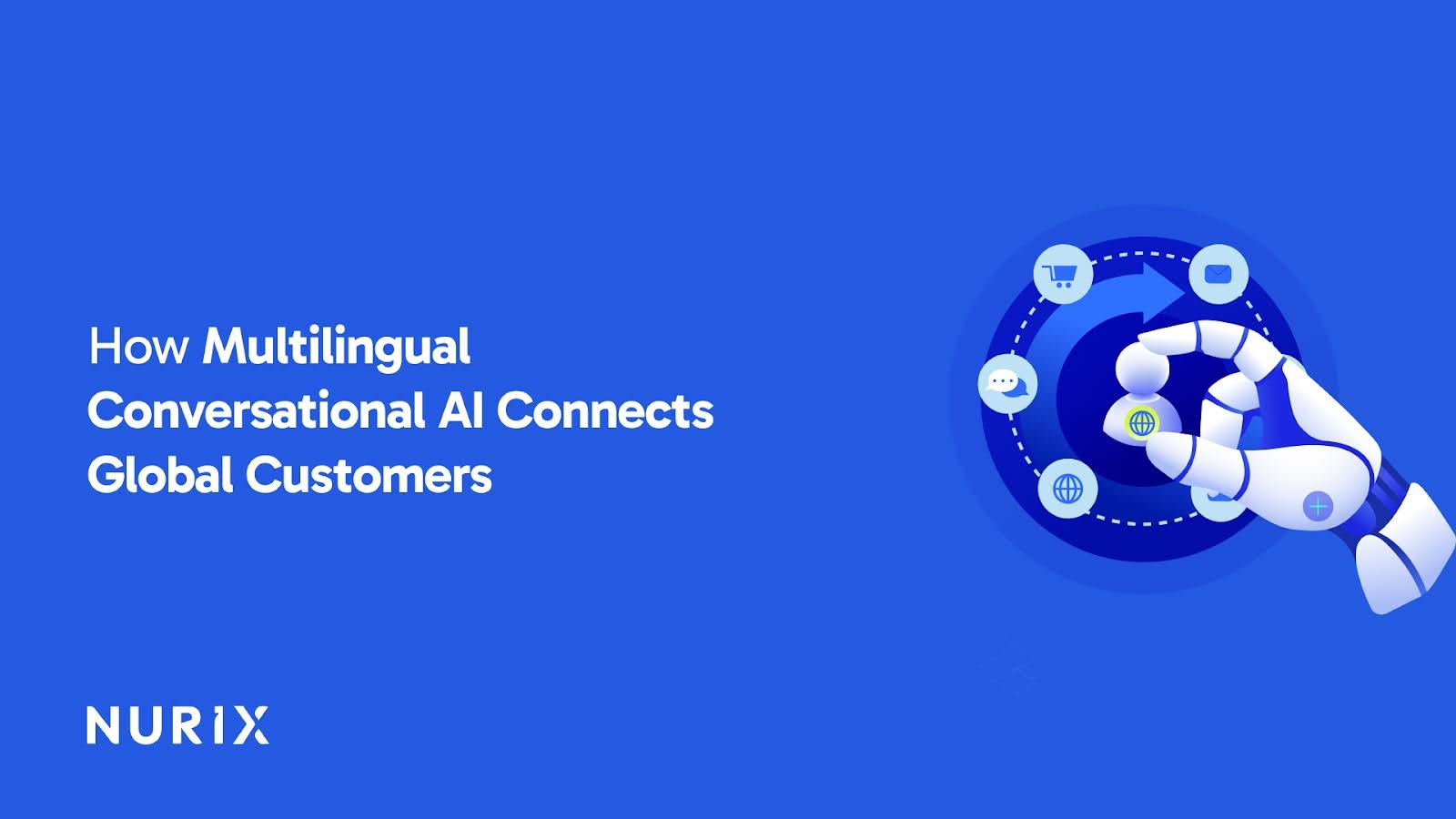Global AI in Insurance Market Size and Share

Artificial intelligence (AI) is changing the insurance industry, making it more efficient and personal. The global AI in the insurance market is growing like never before, and how insurers operate and interact with customers is being rewritten. From claims processing to customer service, AI's impact is big and broad. This is not a trend, it's a shift, and it's here to stay.
Now, let's take a closer look at the market dynamics and understand the factors driving this growth.
Market Overview: Global AI in Insurance Market
In 2023, AI in the insurance market was valued at USD 4.81 billion, and projections suggest it will reach USD 34.56 billion by 2030. Several key factors drive this impressive growth: (Source)
- Increasing Investments: To improve their service offerings and operational efficiency, insurance companies are increasing their investments in AI.
- Advanced Analytics: The adoption of AI technologies enables insurers to offer more personalized insurance services and leverage advanced analytics for better decision-making.
To grasp where AI is making the most impact in insurance, it's important to break down the market by key segments.
Segmentation of the Global AI in Insurance Market

Understanding the segmentation of AI in the insurance market aids in comprehending the areas where AI has the most impact. Here's a closer look.
- By Offering:
- Hardware: Essential for running AI algorithms, including servers and data storage solutions.
- Software: Software is a crucial component, especially in applications like fraud detection and claims processing. This includes predictive analytics software that uses AI algorithms to analyze historical data and find patterns.
- Services: Support the implementation and maintenance of AI systems, including consulting and training services.
So, now that we've broken it down by offerings, let's dive into how deployment models play out in this AI landscape.
- By Deployment:
- On-premise: Preferred by companies that want more control over their AI systems, often chosen by larger companies with more IT infrastructure.
- Cloud: Cloud AI platforms offer fast, scalable solutions that integrate with existing systems. They are flexible and cost-effective, benefiting businesses of all sizes, including small and medium-sized enterprises (SMEs) as well as large companies.
And that's not all; the end-users of these technologies reveal even more about where AI is making its mark in insurance.
- By End-user:
- Life and Health Insurance: Life and Health Insurance is a significant application area for AI, which is used for better risk assessment and personalized policies. AI helps analyze extensive medical and lifestyle data to create tailored insurance products.
- Property and Casualty Insurance: Using AI for fraud detection and claims processing. AI tools help assess property damage and determine claims.
Let's shift our focus to how AI adoption varies across different regions and what drives these differences.
Regional Insights: Global AI in Insurance Market
AI adoption in insurance varies across regions, with North America leading the charge. Let's explore the regional dynamics:
- North America:
- Leadership in AI Adoption: North America is one of the leading regions in AI adoption due to advanced analytics and machine learning, with significant contributions from regions like Europe and Asia-Pacific as well.
- Tech Hubs: Cities like New York, San Francisco, and Toronto are becoming AI hubs for insurance, attracting investments and partnerships
- Europe and Asia-Pacific:
- Significant Growth: These regions are growing fast due to increasing AI investments and technology. Countries like the UK, Germany, China, and Japan are adopting AI to meet the growing demand for personalized insurance services.
- Regulatory Support: European and Asian governments are supporting AI innovation through regulations and funding, fuelling growth.
While the market is growing rapidly, it's crucial to understand the challenges and opportunities that come with AI adoption in insurance.
Challenges and Opportunities in the Global AI in Insurance Market
Despite the rapid growth, global AI in the insurance market faces certain challenges and offers numerous opportunities:
Challenges:
- Data Privacy and Security Concerns: With AI relying on data analysis, data protection and compliance with data privacy regulations is key. Breach or misuse of customer data is catastrophic.
- Lack of Skilled Workforce: There is a need for talent to develop, manage, and interpret AI models. This talent gap is holding back AI adoption.
Alright, so we've talked about challenges, but what about the opportunities that come with AI in insurance?
Opportunities:
- Enhanced Customer Experience: AI-driven chatbots and virtual assistants provide real-time support and personalized responses. Insurers can offer products tailored to individual customer profiles.
- Explainable and Transparent AI Solutions: Developing AI models that are easy to understand can build trust with regulators, customers, and the insurance company itself. Transparency in AI decision-making is key to compliance and customer acceptance.
Conclusion
The global AI in the insurance market is about to boom; AI is changing the industry. Get ahead of the curve and use AI to enhance your services, improve operational efficiency, and stay competitive.
Unlock the potential of AI in insurance with Nurix AI. Embrace innovation, enhance customer experiences, and drive operational efficiency. Don't get left behind! Leverage AI technology to stay ahead in the competitive insurance market. Visit Nurix AI today and transform your business.









